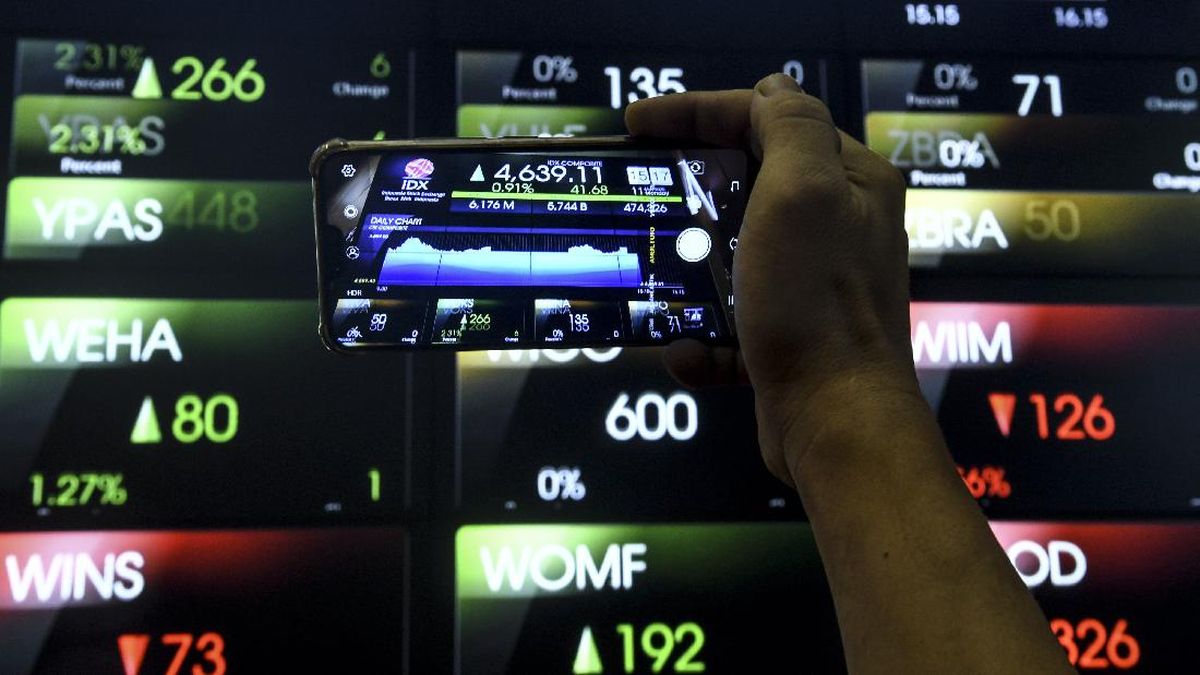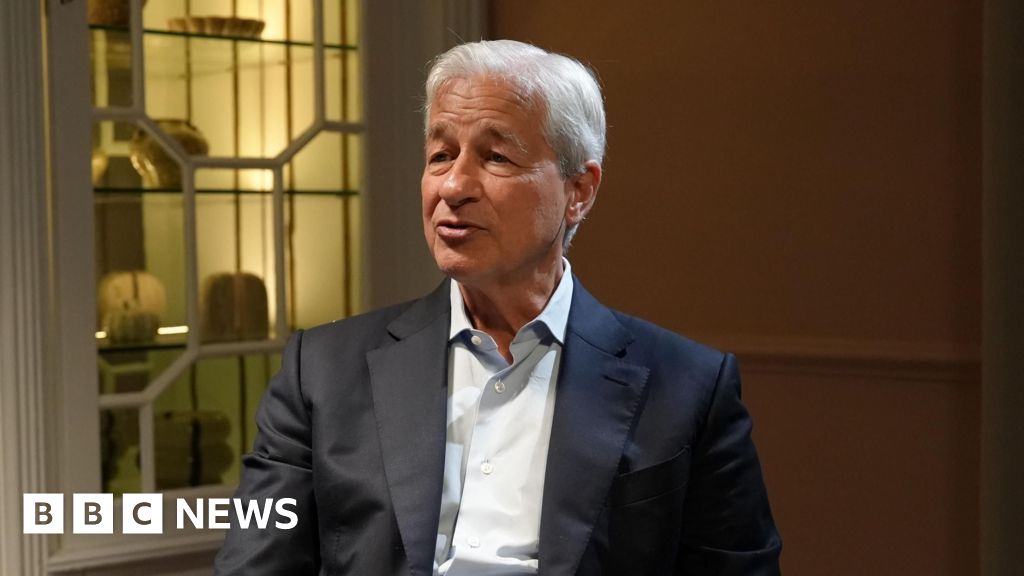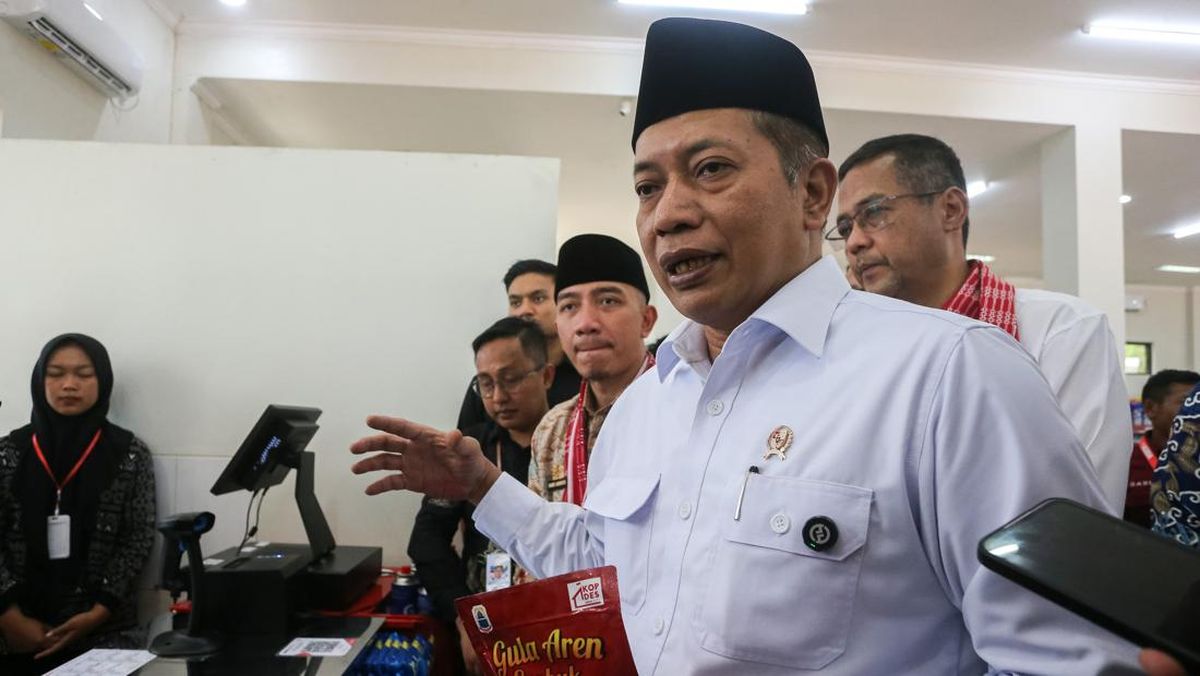They’re the former so-called latchkey kids, a generation of youngsters who came home from school to empty houses, stayed out playing until the street lights came on, and thought nothing of jumping on their bikes to get around the neighbourhood, solo or with friends.
But now, as parents, they’re tracking their own children in real time using geolocation apps.
In simpler times, checking in involved three short rings to the home landline before hanging up (to avoid the cost of a call) to let mum and dad know they had arrived safely at their destination.

Kate Moloney uses a geo-location app to track the whereabouts of her son, Huw, 15. She says it’s about communication and reassurance.Credit: Luis Enrique Ascui
Today, families are hyper-connected, employing Life360, Find My, AirTags and similar apps as they try to navigate a more complex and complicated world. Most see the technology as a family-management tool but experts caution that used incorrectly by over vigilant parents, it could limit their child’s independence and agency.
Melbourne University Associate Professor and researcher Bjorn Nansen says while mobile phones are a valuable communication tool that allow a child to be more autonomous but still accessible, the geolocation can track them in real time to an exact location.
Nansen says tracking apps are an extension of texting and phone calls families have used to locate and manage family life in recent decades. In theory, kids could lie about their whereabouts and decide what and when they shared information. Not so with geolocation capabilities.
Loading
“You must consider the age and development of the children. It is not one size fits all,” Nansen says. “Early on, it is a question of safety. Location tracking starts when children start getting a bit of independence walking to school or the shops.”
He says in those instances parents, as their children take tentative steps to independence, are comforted by knowing where they are. As children enter later primary and secondary schools geolocation devices evolve into communication and co-ordination tools for scheduling and pick-ups. “Families being able to visualise each other’s locations is handy.”
But Nansen says that as children progress through their teens, it can be a point of contention. In the United States, there has been a backlash from young people lamenting that their parents are still compulsively tracking them on Life360 despite them moving to college, he says.
Kate Moloney, from Melbourne’s inner western suburbs, says her family finds Life360 a handy communication tool.
“I did not know it existed until someone told me about it,” she says. “It was probably when my son was in grade 6. It wasn’t about tracking him, it was more about connection. I have looked to see where my son is today because it is a pupil-free day. He is where he says he is.”
Moloney says she has a good relationship with Huw, now 15, and the family is reassured by entry/exit alerts for designated places.
“When Huw gets to school, I hear a sound and when he enters our street, I get another alert,” she says.
Moloney says her own childhood was very different. She grew up in a one hotel Mallee farming town, 420km north-west of Melbourne.
“My sister and I used to call it Alcatraz because once you got in, you couldn’t leave. There was no public transport,” she says.
Moloney had a 100-kilometre round trip by bus to Hopetoun to high school.
“I think when I was a kid, my parents had less to worry about. Mum might disagree,” she says.
Moloney had freedom to cycle more than 10 kilometres out of town to her friend’s grandparents’ home to swim in the dam, wasn’t allowed to go to the annual cabaret, and had to get a note from her parents to leave the schoolgrounds to get a haircut in Hopetoun at lunchtime.
Loading
North Sydney father Matt Bruce keeps a close eye on the use of phones, gadgets and apps by daughters, Emily, 12, and Sophie, 10.
“Emily was the second last in her year 6 class to get a phone,” he says of his daughter, now in year 7. “I have worked in technology so maybe I have more knowledge of these things.
“My biggest concern is how social media is used for bullying kids, and the effect that can have on the victims.”
Bruce says he is keen to delay the reliance of phones by his children. The girls had all-in-one smartwatches at ages 7 and 9, allowing them to phone a customised contact list. Emily graduated to an iPhone linked to the family network and Find My iPhone.
She is often driven between her parents’ homes and to and from school. She occasionally takes public transport. But as time goes on, as she becomes independent, the tracking applications may be more useful for planning, Bruce says.
“At their age, we haven’t had any issues with not knowing where they are,” he says.
Emily has 20 minutes a day on her phone, regulated by controls her father manages.
“Emily broadly accepts it. I think she tries to find ways around it,” he says.

Matt Bruce with his daughter, Emily. He says using a geolocation app to track her movements is about planning as much as security.Credit: Wolter Peeters
Bruce says he has blocked Snapchat with its associated Snap Maps, where locations are shared, and disappearing Snaps.
“I completely lock off Snapchat. It’s made for bullying in a way,” he says.
Relationships Australia NSW Chief Executive Officer Elisabeth Shaw says tracking apps aren’t a problem if they are used with a “light touch” and transparency.
She says the apps can reduce tension in households. People know when someone is home, or how far away they are, and the need for difficult conversations are averted.
“In the end, these things are completely connected to the quality of the relationship. If there is trust and good communication, parents don’t need to be looking at the app and asking where children are,” Shaw says.
She warns parents who constantly use the app to monitor, and ask where their children are, can start a problematic cycle of communication. She has seen couples use tracking to effectively run their children’s lives.
If parents have used the apps when their children are young, experts suggest they should revisit their use as they age. The eSafety commissioner warns that while location-sharing apps can improve a sense of safety and confidence in certain situations, parents should be transparent about when and how they will be used.
“Open conversations with our children, particularly as they approach the tween and teen years, are absolutely critical to a healthy sense of agency and responsibility,” an eSafety spokesperson says.
“But if you make the decision to use location-sharing apps to keep an eye on your children, be mindful of the message you’re giving them about privacy.”
They say families should be aware that by using these apps, they are unwittingly handing over personal data.
Melbourne University’s Nansen is embarking on a four-year project looking at a range of tracking apps from nutrition, sleep, screen time, finance and geolocation. A co-author of the paper, It’s About Safety Not Snooping, Nansen says the apps are intended to be benevolent, but raise concerns about prying and surveillance.
Across social media, teens are sharing tips and tactics to avoid scrutiny of their whereabouts, including leaving their phones at home or turning off tracking apps.
Some things never change.
Make the most of your health, relationships, fitness and nutrition with our Live Well newsletter. Get it in your inbox every Monday.
Most Viewed in Lifestyle
Loading


















































